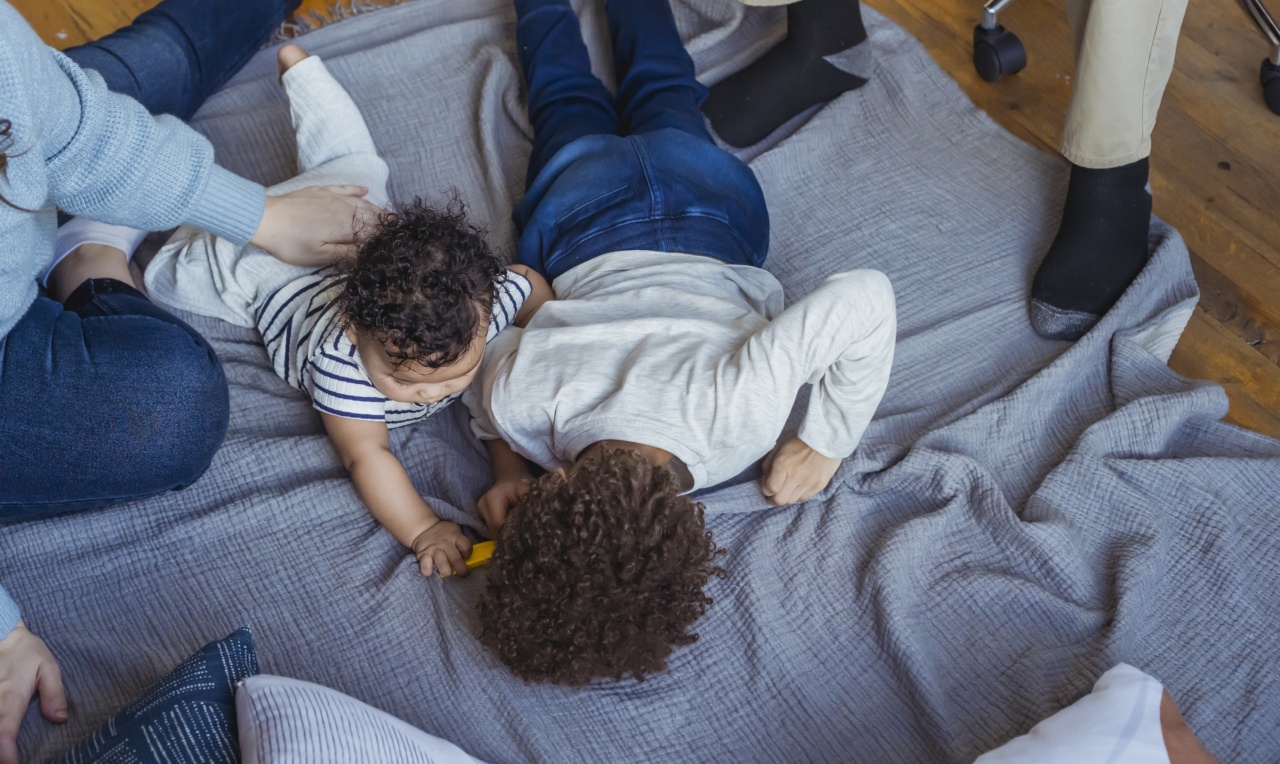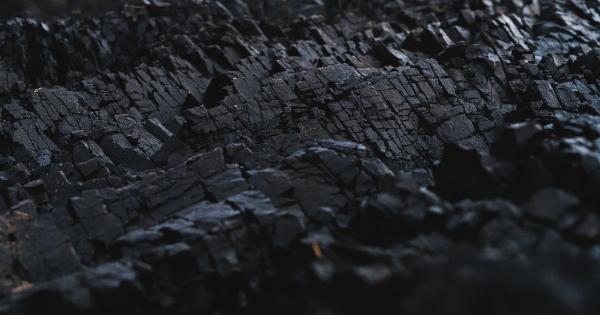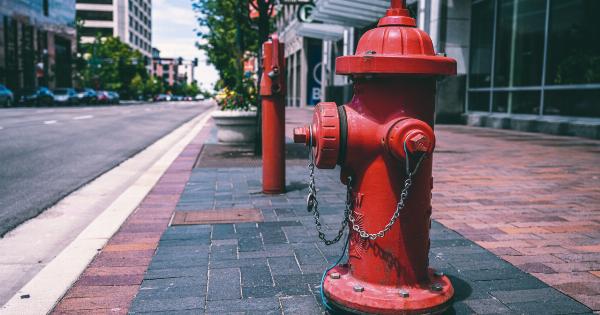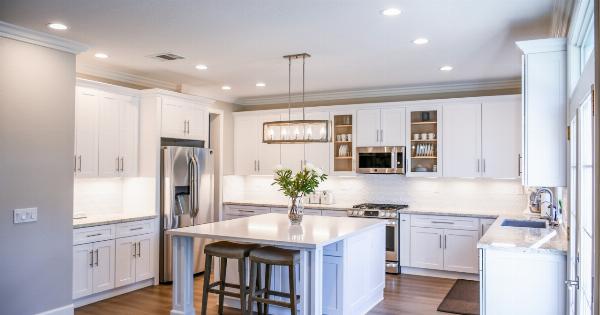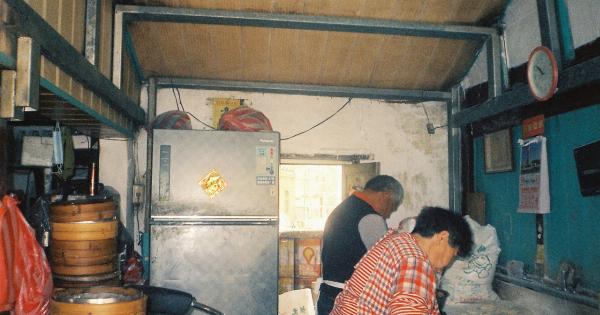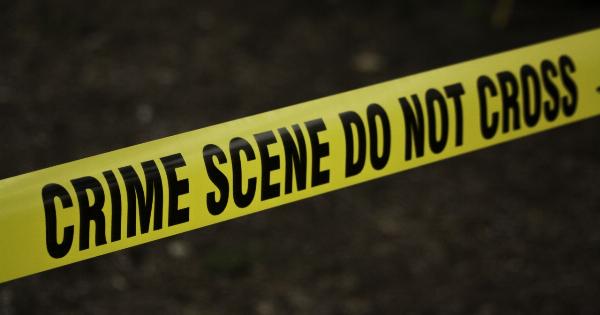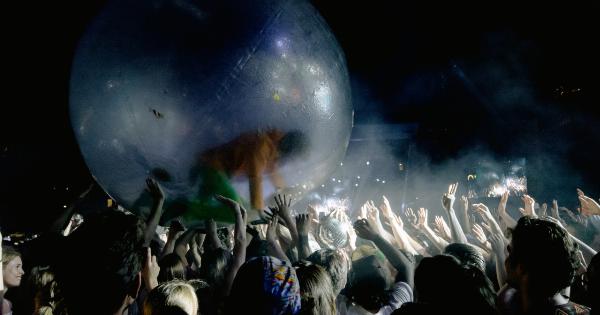Carbon monoxide is a colorless, odorless, and tasteless gas that can be lethal when inhaled. It has been dubbed as the “silent killer” since its effects can be deadly without any warning signs.
Carbon monoxide poisoning can occur any time of the year, but it is more common during the winter months when people use heating devices that can produce this toxic gas. Here are some tips to protect your family from carbon monoxide poisoning:.
Install Carbon Monoxide Detectors
The first step to protect your family from carbon monoxide poisoning is to install carbon monoxide detectors in your home. Make sure that you place one detector on every level of your home, including the basement and garage.
Install the detectors near bedrooms, and test them regularly to ensure that they are working correctly. Replace the batteries every six months.
Regular Maintenance of Heating Systems
Regular maintenance of heating systems such as furnaces, water heaters, and fireplaces is essential to avoid carbon monoxide poisoning. Make sure that you get these systems inspected by a licensed technician annually.
Check for any leaks in the heating system, and make sure that the vents and chimneys are free from any obstruction.
Avoid Using Generators Indoors
Never use a generator inside your home. Generators emit toxic gases that can accumulate inside your home and cause carbon monoxide poisoning.
Always use generators outside your home, and make sure that you keep them away from doors or windows that can allow the gas to enter your house.
Don’t Warm up Your Car in the Garage
Never warm up your car inside a closed garage, even if the garage door is open. Cars emit carbon monoxide fumes that can accumulate inside the garage and enter your home.
Always warm up your car outside, and make sure that you close the garage door when you’re not around.
Pay Attention to Symptoms of Carbon Monoxide Poisoning
Symptoms of carbon monoxide poisoning can be vague and often resemble flu-like symptoms. Some of the symptoms of carbon monoxide poisoning include headaches, dizziness, nausea, and fatigue.
If you or anyone in your family experience any of these symptoms, immediately go outside and seek fresh air. If the symptoms persist, call 911 or your local emergency services.
Avoid Using Charcoal Grills Indoors
Charcoal grills emit carbon monoxide, just like generators and cars. Never use a charcoal grill indoors, even if it’s in the garage or near an open window.
Always use charcoal grills outside, and make sure that you keep them away from any doors or windows that can allow the gas to enter your home.
Use Gas Appliances Safely
Gas appliances such as stoves, ovens, and water heaters can also emit carbon monoxide. Make sure that you use these appliances correctly and follow the manufacturer’s instructions.
Make sure that the rooms with gas appliances are well ventilated, and never use these appliances as a heat source.
Don’t Block Vents or Chimneys
Avoid placing any objects near vents or chimneys that can block the flow of air. Blocked vents or chimneys can cause carbon monoxide to accumulate inside your home and cause poisoning.
Make sure that you keep the area around vents and chimneys free from any obstructions.
Conclusion
Carbon monoxide poisoning is a serious issue that can be prevented if proper precautions are taken.
Installing carbon monoxide detectors, regular maintenance of heating systems, and following the safety tips mentioned above can help you protect your family from carbon monoxide poisoning. If you suspect that you have been exposed to carbon monoxide, immediately go outside and seek fresh air. Call 911 or your local emergency services if the symptoms persist. Stay safe and take the necessary actions to prevent carbon monoxide poisoning.
